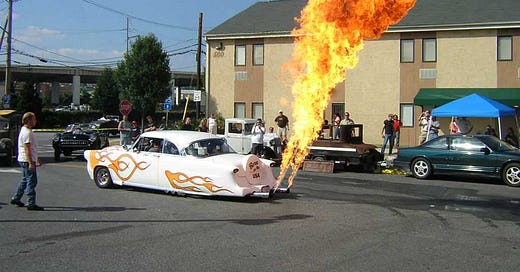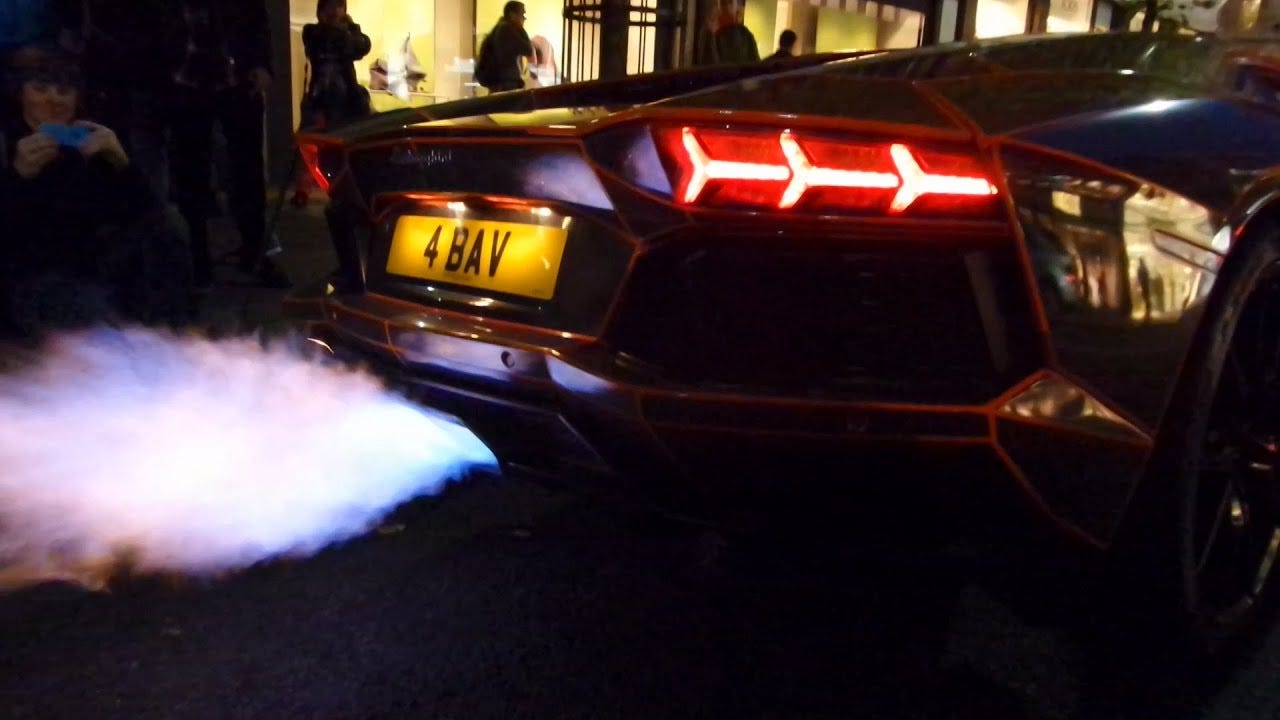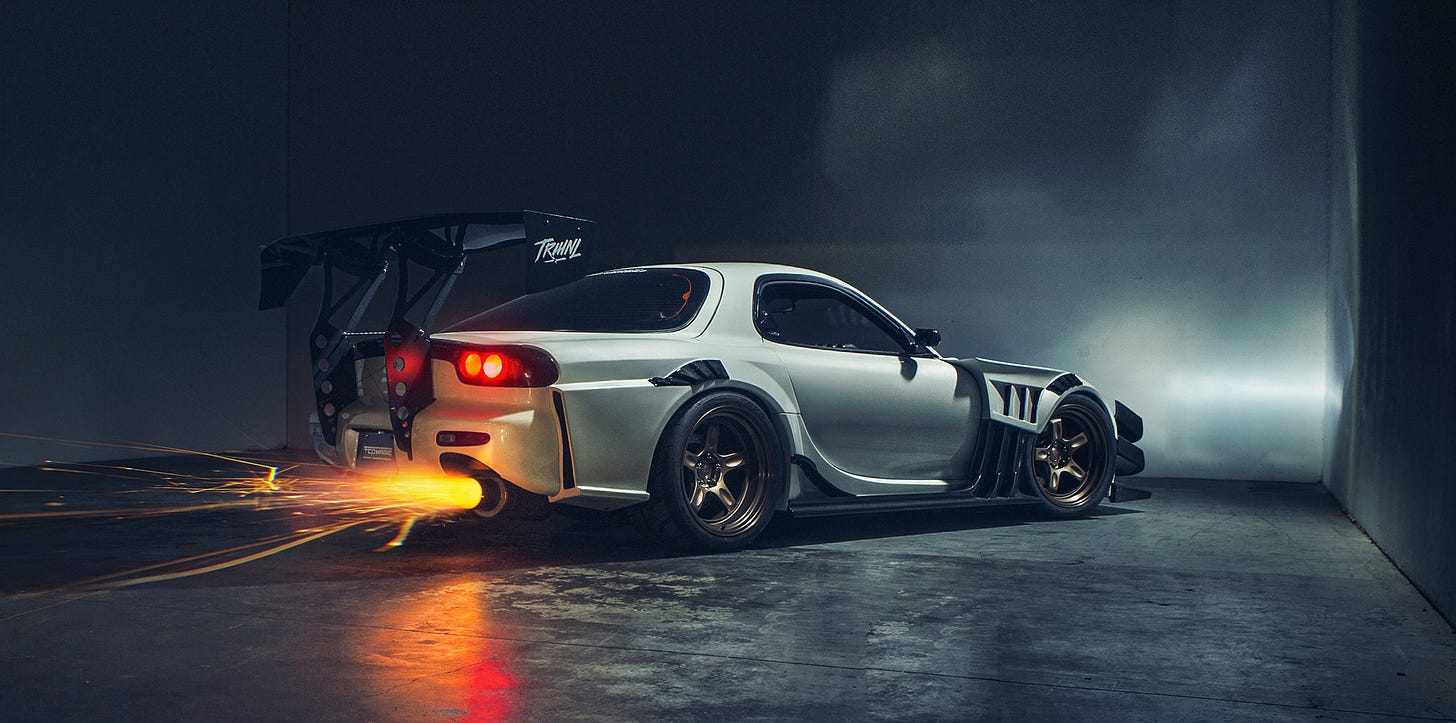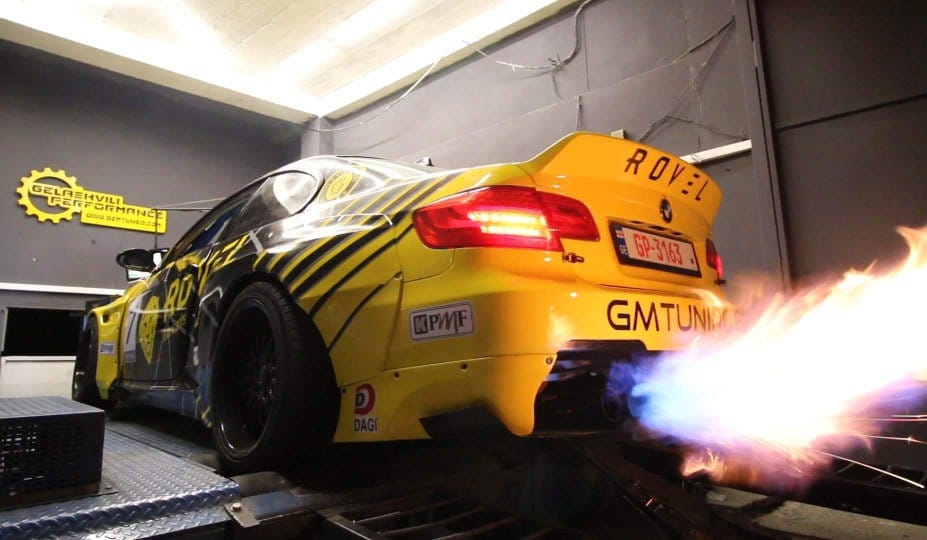The phenomenon of cars shooting flames, a spectacle often reserved for high-octane motorsports and enthusiast gatherings, has become a distinctive aspect of modern automotive culture. This practice is not just about the visual flamboyance it offers; it's deeply rooted in the realms of performance enhancement, personal expression, and technological prowess. Cars that spit flames represent a unique intersection of mechanical ingenuity and aesthetic boldness, a testament to the evolving relationship between humans and their machines.
The Aesthetic Appeal
The aesthetic allure of cars shooting flames is undeniable. This fiery display serves as a potent symbol of power and speed, captivating onlookers with its raw, unbridled energy. The influence of popular media cannot be overstated in this regard; films and video games glorifying the spectacle of high-performance cars have deeply ingrained the image of flaming exhausts in the collective consciousness of car enthusiasts. It's a visual language that speaks of rebellion, excitement, and a refusal to blend into the mundane. For many, the modification of their vehicles to shoot flames is a deeply personal endeavor, a canvas for expressing individuality and a shared language in the diverse tapestry of car cultures. It's about creating something that stands out, not just in performance but in its very essence, turning heads at car shows and signaling a kinship among those who speak the language of speed and spectacle.
Performance Benefits
While often seen as a purely aesthetic modification, the phenomenon of cars shooting flames is deeply rooted in the mechanics of high-performance automotive engineering. This spectacle usually occurs when a rich mixture of unburnt fuel in the exhaust system ignites, a byproduct of modifications geared towards maximizing power output. In the world of professional racing, such a display can be indicative of an engine running at peak performance, fine-tuned for maximum efficiency and power. However, it's important to note that in the realm of everyday street cars, the shooting of flames is more about visual impact than functional enhancement. The addition of after-market components like modified exhaust systems is a common approach among enthusiasts, tailored more towards achieving this specific visual effect rather than significantly boosting engine performance.
Cultural and Social Perspectives
The practice of modifying cars to shoot flames is deeply embedded in various automotive subcultures, each with its unique interpretation and significance. In some circles, it's a badge of honor, symbolizing a vehicle's high performance and the owner's technical prowess. However, this trend isn't universally embraced; it varies significantly across cultures and geographies. In certain parts of the world, such modifications are celebrated and revered, forming a central aspect of car shows and enthusiast meet-ups. Conversely, other regions view this practice with skepticism or outright disapproval, often due to concerns about safety, noise, and environmental impact. This highlights the diverse ways in which different cultures interact with and interpret automotive trends.
Side Effects and Legal Considerations
The modification of cars to shoot flames, while visually spectacular, comes with its own set of risks and challenges. Safety is a paramount concern; the risk of fire and injury is not trivial, necessitating careful consideration and implementation of safety measures. Additionally, the environmental impact of such modifications can be significant, contributing to pollution and noise, factors increasingly scrutinized in today's eco-conscious society. Legal considerations also play a crucial role; many regions have stringent regulations governing vehicle modifications, with flame shooting often falling into a gray area or being outright illegal. Enthusiasts who engage in this practice must navigate a complex landscape of legal restrictions, balancing their passion for automotive expression with the need to comply with local laws and regulations.
The Future of Flame Shooting
As automotive technology continues to advance, the future of cars shooting flames is uncertain. The rise of electric vehicles, which lack traditional exhaust systems, signals a potential decline in this practice, at least in its current form. However, it's conceivable that the trend will persist in certain niches, particularly among classic car enthusiasts and in certain motorsport disciplines. The key to the future of flame shooting will lie in the balance between technological innovation, environmental and safety considerations, and the enduring human desire for spectacle and personal expression.
The practice of making cars shoot flames is a multifaceted phenomenon, rooted in a blend of aesthetic appeal, performance enhancement, and cultural significance. While it captures the imagination of many car enthusiasts, it is accompanied by practical considerations around safety, legality, and environmental impact. As the automotive world evolves, so too will the practice of flame shooting, potentially adapting to new technologies and societal norms. It remains a vivid example of how personal expression and technical innovation can coalesce into a striking and memorable spectacle.








